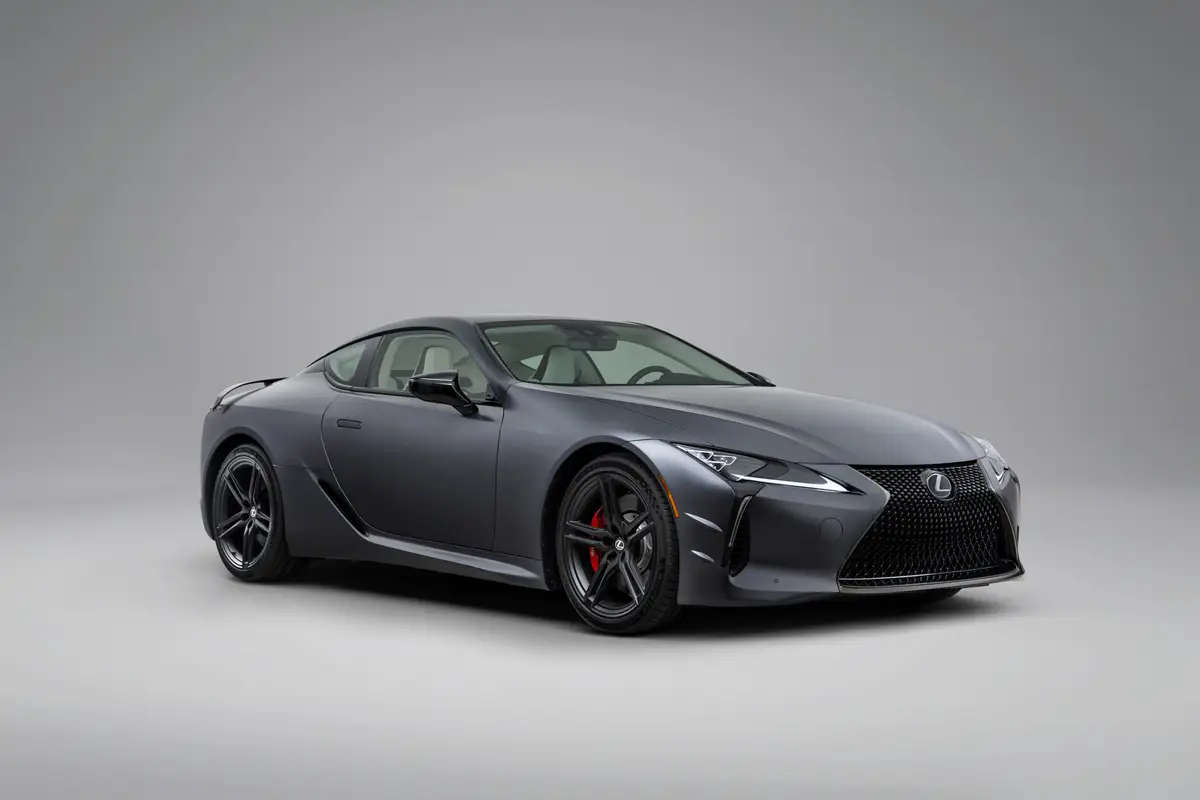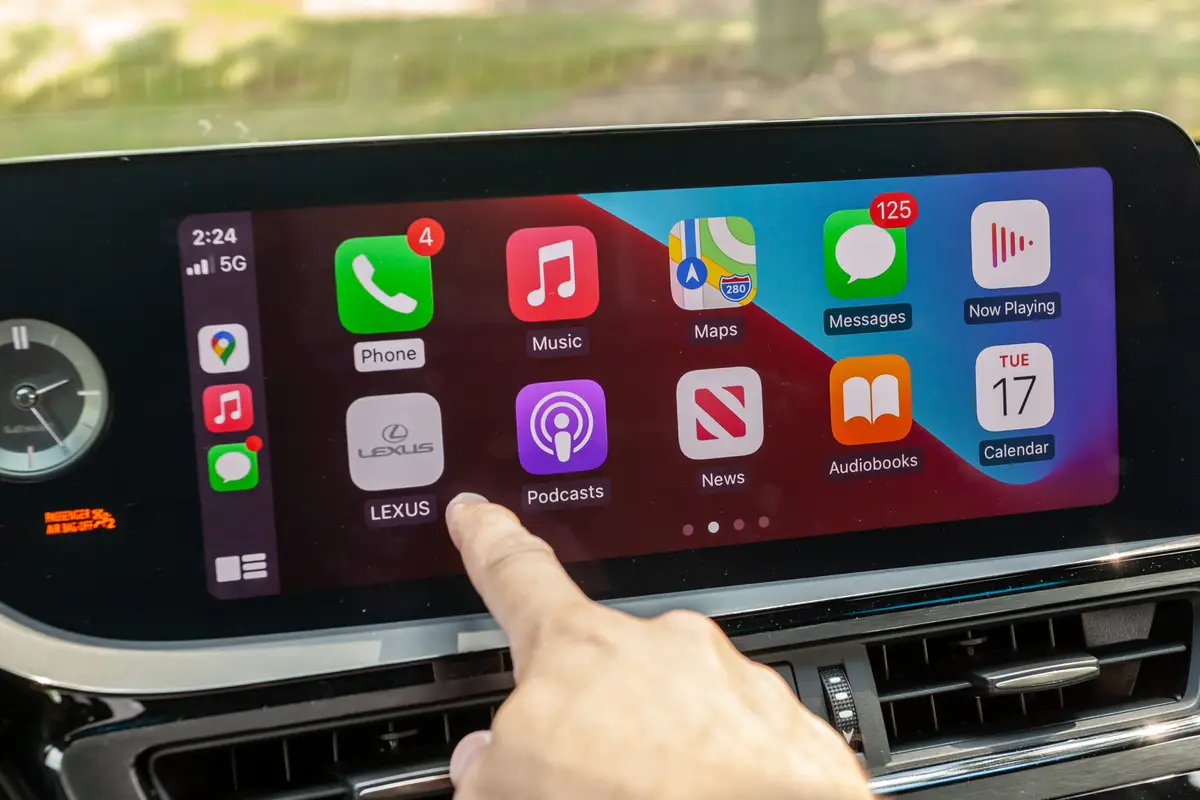washingtonpost.com's view
NEW YORK — We were happy to be quit of the 2008 Honda S2000 CR roadster and to sink into what my associate, Ria Manglapus, called the “soft, very comfortable” seats of the 2008 Volvo XC70 wagon.
In our expression of happiness was an admission about age and aging. But on that issue, I’ll speak for myself, inasmuch as Ria has chosen to keep mum on the matter.
I am no longer 25 years old. I no longer find nobility in mobility best suited for a racetrack, especially if the vehicle in question has an unpleasant relationship with poorly maintained urban and suburban roads, as was the case with the S2000 CR reviewed in this column last week.
Again, the problem was not with the S2000 CR, a wonderfully engineered car for high-speed performance on smooth surfaces. The problem, Ria said, was “you can get tired sitting in it on long drives” on roads designed for all-wheel-drive wagons such as the XC70.
“You just sink into the XC70. It massages your back, your neck. You can drive a long time in that one. You don’t get tired,” she said.
And so we admit it: While we still enjoy a fast track run in a tight little roadster built for two, it isn’t something we’d want to do every day, especially not over roads built for tanks. For driving in the real world, we want the XC70 wagon or a reasonable equivalent.
Since its introduction in 1997, the XC70 always doubled as a family hauler and mud-and-gravel crawler, albeit a crawler with very modest off-road capabilities. It was the perfect compromise between a family sedan and a sport-utility vehicle. It remains so today with some notable upgrades in styling and engineering.
We’ll start with engineering. Volvo long has had a sterling reputation for automotive safety, and that reputation has been polished here. Most notable are two rear child-safety seats that can be adjusted to best suit the needs of children 45 to 55 inches tall, or for smaller children ranging from 37 to 47 inches. Adjusting the elevation of the optional child-safety seats offers children better protection from the XC70’s standard curtain-head air bags in a crash. It also helps to reduce the back-seat squirming and whining often associated with ill-fitting shoulder belts, such as one that falls across a child’s neck or another parental sanity wrecker — one that comes across a child’s face.
We recommend that you get the adjustable child-safety seats if you buy the 2008 XC70.
The wagon’s body structure, already one of the best in managing collision forces, has been designed to do an even better job of limiting the amount of crash energy transmitted to the passenger cabin. The seats are designed to limit driver and passenger fatigue, which means they can reduce your chances of dozing off behind the wheel.
But most people don’t buy new cars or trucks with plans to crash them. They are seeking prestige, beauty, driving pleasure and utility. The 2008 XC70, the second generation of the wagon, offers all of those things.
Prestige: Volvo is the motorized manifestation of political correctness largely because of its reputation for safety. But it also is because of the demographic and psychographic profiles of its core buyers, who tend to be professional, college-educated and fond of muted expressions of luxury.
Beauty: Almost a decade go, Volvo’s designers figured out that muted expressions of luxury need not be odes to automotive celibacy. The 2008 XC70 reflects that changed design philosophy. Its gently rounded front end and swept-back rear are sporty, quietly sensuous — in other words, it’s indisputably classy. The XC70’s interior, highlighted by those “soft, very comfortable seats” and that thin, waterfall center console that has become the standard styling statement in Volvo’s new passenger vehicles, is one of the most attractive in the business.
It helps, of course, that the XC70 treats adult backs and bottoms with respect without boring them silly. The wagon is a bona fide highway cruiser — this time with a smooth-stroke, 235-horsepower in-line six-cylinder engine, compared with the sometimes whiny, 208-horsepower in-line five-cylinder engine in its predecessor.
But what we like most about the XC70 is that it is an unapologetic station wagon in an automotive world that finds the term “station wagon” anathema. Although it pays some homage to SUVs with its ground clearance of 8.3 inches and its all-wheel-drive system, it does not bow to SUVism, nor does it seek identity with the euphemistically named “crossover utility” models. It is first and foremost a classic station wagon that does what station wagons have always done well, which is to haul people and things long distances easily, safely and comfortably.
Latest news



